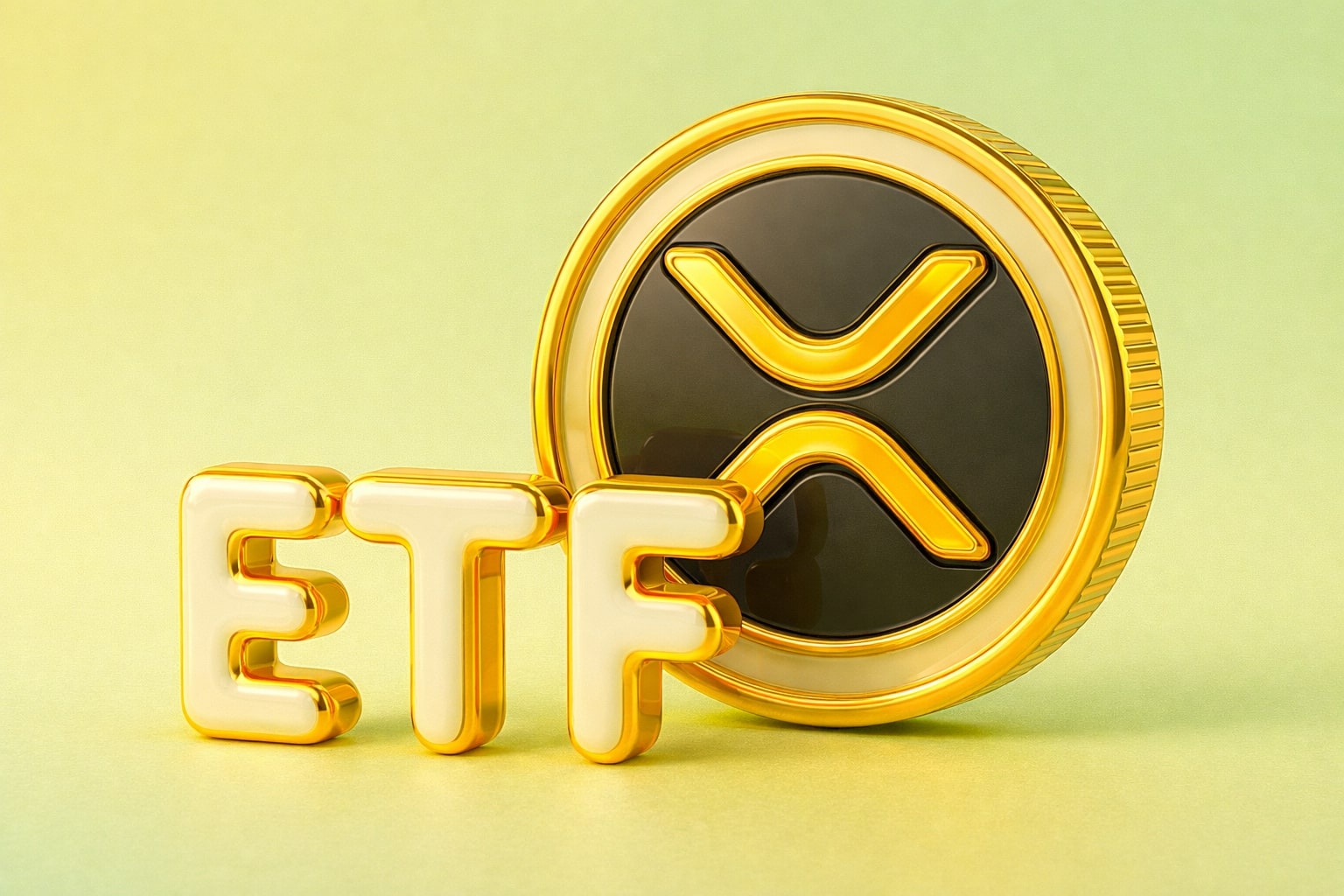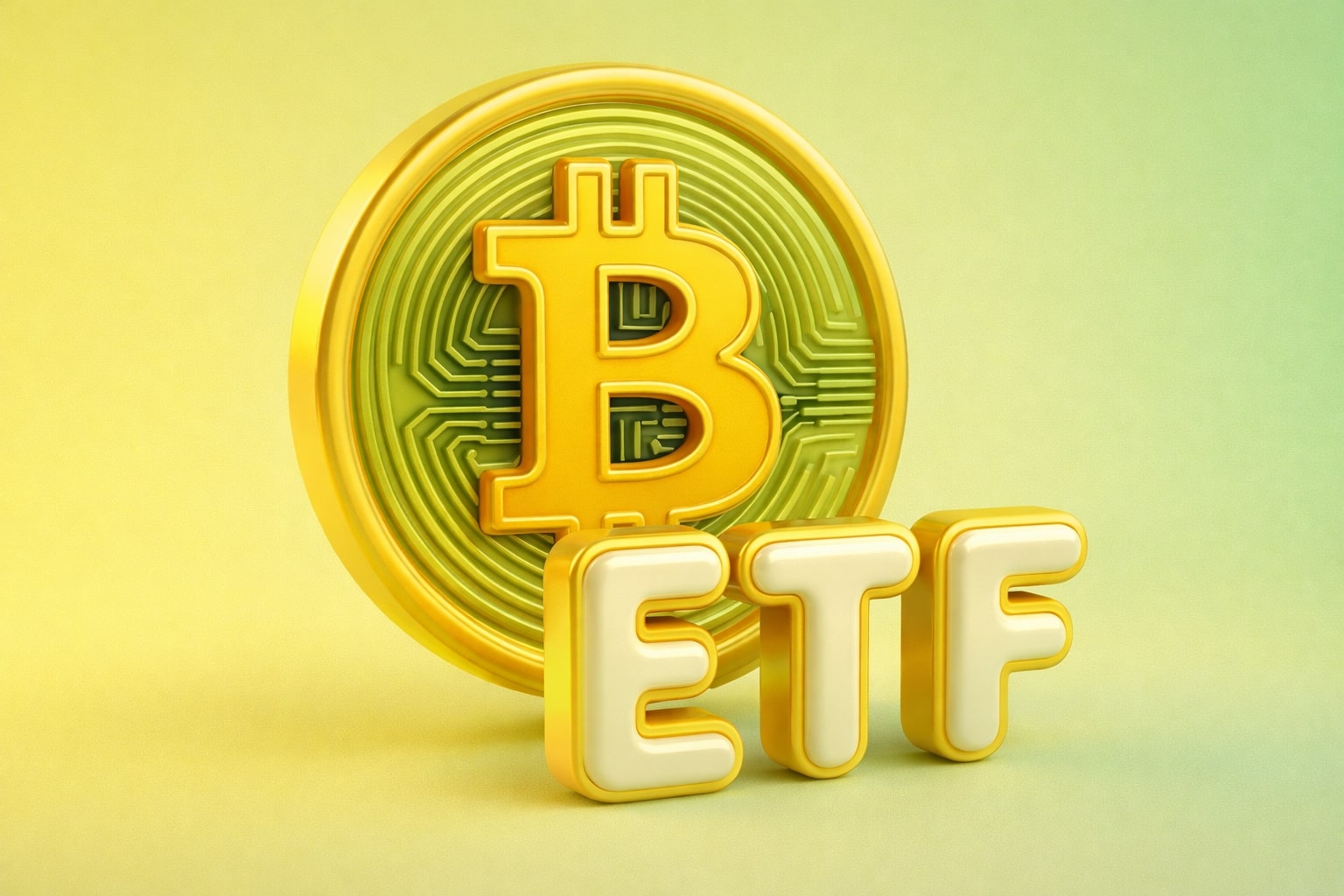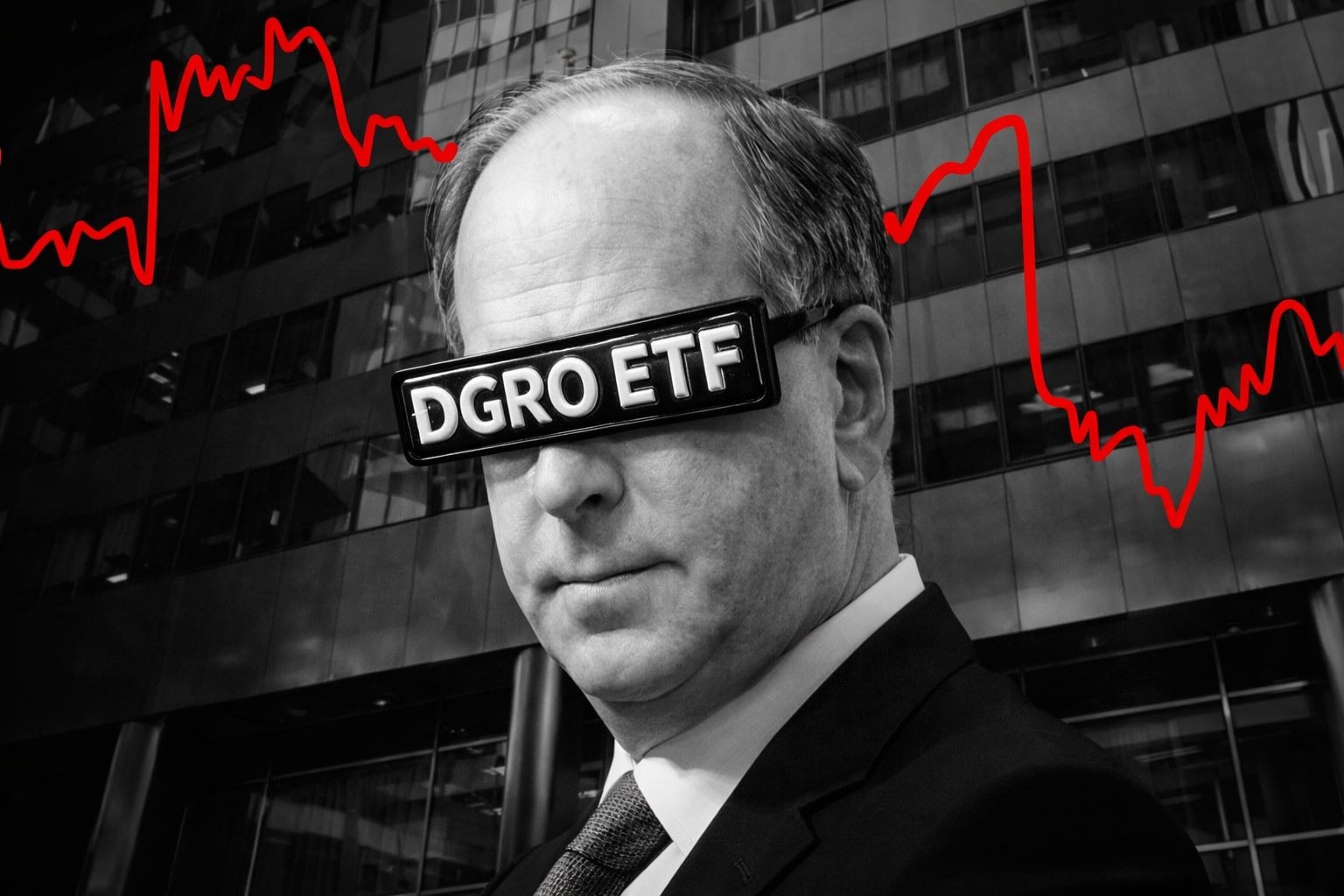
Bitcoin ETFs Break Records as BTC-USD Reclaims $107K: What’s Driving The Surge?
BlackRock’s IBIT smashes the $70B mark, but with over $600M in ETF outflows—can Bitcoin hold its ground as institutional bets and whale moves intensify? | That's TradingNEWS
Bitcoin Etf Inflows Surge To Historic Levels As Btc-Usd Reclaims $107,860
Blackrock Ibit Smashes Etf Records With $70 Billion Milestone
The pace of institutional adoption of Bitcoin has reached a new high, as BlackRock’s iShares Bitcoin Trust (IBIT) surpassed $70 billion in assets under management within just 341 days. This growth dwarfs the previous ETF record held by the SPDR Gold Trust (GLD), which took 1,691 days to cross the same mark. The explosive accumulation by IBIT coincides with a sharp move in BTC-USD, which has climbed 2% to trade around $107,860.
IBIT now holds a commanding lead in the ETF space, controlling 3.3% of Bitcoin’s maximum supply. Over the past several weeks alone, the fund has absorbed another $2.5 billion in BTC, reflecting relentless institutional demand. By contrast, Fidelity’s FBTC trails with $20 billion in assets, while Grayscale’s GBTC remains just below the $20 billion mark.
Massive Whale Transfers Support Bitcoin Long-Term Holding Trends
Institutional accumulation is not the only force reshaping Bitcoin markets. On-chain data reveals two enormous BTC transfers from the Kraken exchange to unknown wallets, totaling nearly $200 million. One transaction moved 875 BTC, followed by another of 997 BTC, both within an hour.
Such activity typically signals long-term intent, as whales shift coins off exchanges into cold storage rather than preparing to sell. These movements complement the ETF accumulation trend, reinforcing the narrative of Bitcoin as a long-term strategic asset in both retail and institutional portfolios.
Short-Term Btc Etf Outflows Contrast With Bullish Market Resilience
Even as IBIT hit record inflows, the broader Bitcoin ETF market saw a bout of short-term outflows. From June 2 to June 6, U.S.-listed spot BTC ETFs recorded $129 million in net outflows, led by a sharp $278.44 million withdrawal on June 5 as BTC price touched an intraday low of $100,372.
Despite this volatility, Bitcoin rapidly recovered to the $107,000 area. ETF outflows eased on June 6, and BlackRock’s IBIT alone attracted $81.1 million in fresh inflows. Meanwhile, Fidelity’s FBTC led outflows with $167.7 million, followed by Grayscale’s GBTC at $40.6 million and ARKB at $24.5 million.
The ability of BTC-USD to rebound sharply amid ETF outflows signals resilient demand underpinned by both institutional positioning and broad market support.
Btc Futures Funding Rate Turns Negative As Options Market Remains Bullish
On the derivatives front, a divergence is emerging between futures and options traders. The funding rate for BTC perpetual futures has turned negative, sitting at -0.0056%, indicating that short sellers are increasingly active in the short term.
However, BTC options data tells a different story. Demand for call options remains strong on Deribit, highlighting a prevailing bullish bias among sophisticated market participants. This suggests that while futures traders may be hedging for near-term downside, many investors are positioning for a longer-term breakout.
Macro Tailwinds And Technical Support Boost Btc-Usd Momentum
Bitcoin’s rebound has been supported by an improving macro backdrop. The S&P 500 has gained nearly 2% over the past five sessions, erasing prior losses tied to U.S.–China trade tensions. A weakening U.S. dollar has further fueled risk appetite, lifting BTC-USD back toward its recent highs.
Technically, Bitcoin has reclaimed its 50-day exponential moving average (EMA), providing critical support after a 10% correction from the all-time high of $111,900. Liquidity remains dense between $99,000 and $102,000, creating a strong base for further upside.
Rising Global M2 Money Supply Strengthens Bitcoin’s Deflationary Appeal
Bitcoin’s long-term thesis continues to gain strength amid rising M2 money supply across major central banks. As global fiat liquidity expands, Bitcoin’s fixed supply becomes an increasingly attractive hedge against monetary dilution. This structural backdrop is one reason large institutional players continue to accumulate BTC despite recent short-term ETF outflows.
Ethereum Etf Inflows Outpace Bitcoin Amid Growing Institutional Interest
While Bitcoin ETFs remain in focus, Ethereum is enjoying a breakout of its own in institutional circles. ETH ETFs have posted 15 consecutive trading days of inflows, totaling $837.5 million since May 16. This streak is on pace to cross the $1 billion threshold, signaling accelerating demand for ETH products.
Ethereum has outperformed Bitcoin in recent weeks, gaining 6.4% over the past 30 days versus BTC’s 4.1%. Institutional buyers increasingly view Ethereum as critical infrastructure for next-generation financial systems, with its appeal becoming more structural and less speculative.
Institutional Bitcoin Demand Remains Strong Despite Outflows And Volatility
Even amid recent ETF outflows, the broader institutional trend remains bullish for Bitcoin. BlackRock’s IBIT, now controlling 3.3% of total BTC supply, continues to post inflows. The quick rebound of BTC-USD above $107,860 following the June 5 ETF-driven pullback underscores deep market resilience.
The combination of whale activity moving large BTC volumes off exchanges, record ETF accumulation, and ongoing options market bullishness suggests that sophisticated investors are positioning for further gains.
That's TradingNEWS
Read More
-
DGRO ETF Price: Is DGRO at $69.17 Still the Better Dividend-Growth Bet?
17.12.2025 · TradingNEWS ArchiveStocks
-
XRP Price Stuck Below $2 As XRPI at $10.74 and XRPR at $15.26 Ride $1B+ ETF Inflows
17.12.2025 · TradingNEWS ArchiveCrypto
-
Natural Gas Price Forecast - NG=F Steady Near $4 as TTF Jumps on Colder Forecasts and LNG Outage Risk
17.12.2025 · TradingNEWS ArchiveCommodities
-
USD/JPY Price Forecast: USDJPY=X 155.50 Pivot Before BoJ Hike and US CPI
17.12.2025 · TradingNEWS ArchiveForex

















